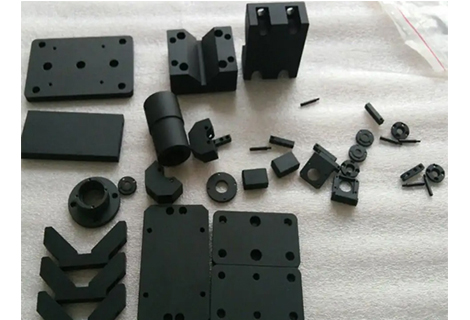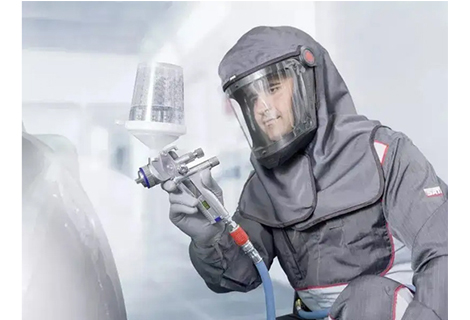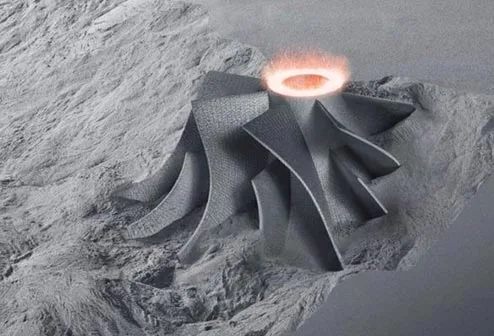Sandblast is a process that has been used for many years. It is used to clean, etch, and prepare surfaces before they are painted or coated with another material. Unfortunately, sandblasters are machines that produce a lot of noise and dust, which can be harmful if not used properly. As a result, sand is not suggested as a blasting media because it can be harmful to one's health over time and is not environmentally friendly. In reality, sandblasting is sometimes referred to as "dry abrasive blasting" because the method has evolved and no longer requires sand as a blasting media. In this guide, we will explain what sandblasting is, what does sandblasting do, and safety tips for sandblasting.
Sandblasting definition, as the process of applying solid particles of abrasive blasting material (such as sand) against a hard surface in order to smooth or roughen it, remove paint, or modify its surface properties. Sandblasting employs high pressure to accelerate dry silica particles to tiny speeds that degrade metal and other materials. Sandblasting is commonly used to clean and prepare surfaces, but it can also be used to remove paint or produce decorative effects on structures, signage, boats, and so on.
After knowing the sandblasting meaning, you may find that with blasting machine and an abrasive substance, impurities can be cleaned or eliminated from a surface. The key to getting the best results is to understand what does sandblasting do and what sandblasting setup is most effective. Here are just some common sandblasting uses.
Automotive
Dry abrasive blasting, also known as sandblasting, leaves less debris than wet blasting. Dry blasting is ideal for automobile parts and the interior due to the numerous difficult-to-clean crevices, whereas wet blasting is perfect for body panels because it prevents warping.
Log Cabins or Wooden Furniture
When work requires natural abrasives, such as corn cob or walnut shell, sandblasting is the preferred technique. A common job you may come across that requires materials like these is blasting natural wood, such as log cabins or wooden furniture. Every five to seven years, this cleaning procedure is necessary for log homes to restore weather-resistant oil-based stains.
Heavy Machinery and Farming Equipment
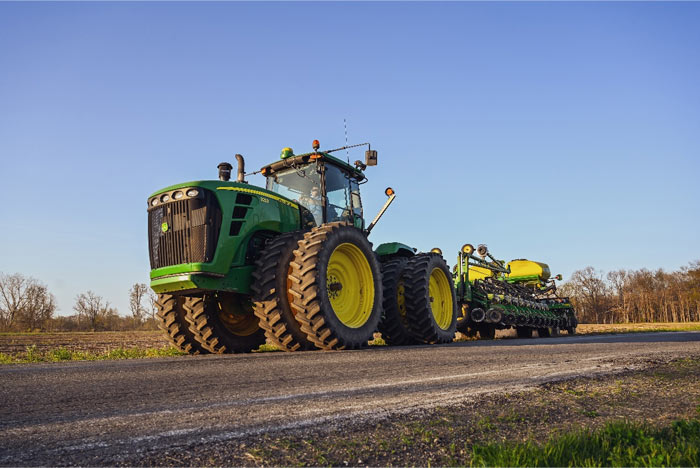
Any machinery with difficult-to-reach areas or a motor should be stripped with dry media. There are numerous parts on these machines that can be tough to clean using wet blasting medium. After you've finished blasting, it's considerably easier to pull dried abrasive materials out of hard-to-reach spots. With little effort, the dry sandblasting process makes farming equipment look and operate better than before!
Antiques

Depending on the object, antiques can be blasted wet or dry. If the surface you're restoring has multiple difficult-to-reach areas that will make cleaning difficult once the blasting is over, dry abrasive media may be the best choice.
Remove paint, rust, and corrosion
Manually stripping paint from a surface is a tedious process, and using chemicals may result in unwanted reactions with the base material. Sandblasting has evolved into an excellent method for quickly removing paint, rust, corrosion, and surface impurities from a variety of materials. Once the sandblast finish is complete, manufacturers can prepare surfaces offered by additional services like powder coating in Richconn because it offers extensive and strong manufacturing capabilities for every customer.
Abrasive blasting is a hazardous process that involves two major hazards: electricity and gases. To work securely in this environment, you need to get familiar with the essential safety rules. Here are some general safety tips for sandblasting:
The best way to protect yourself is to always wear respiratory protection (such as an air-purifying respirator) when working with dangerous products. Personal protection equipment (PPE) should be worn whenever you are near a blasting site. When there is a danger of broken debris hitting you in the face, eye protection is very necessary.
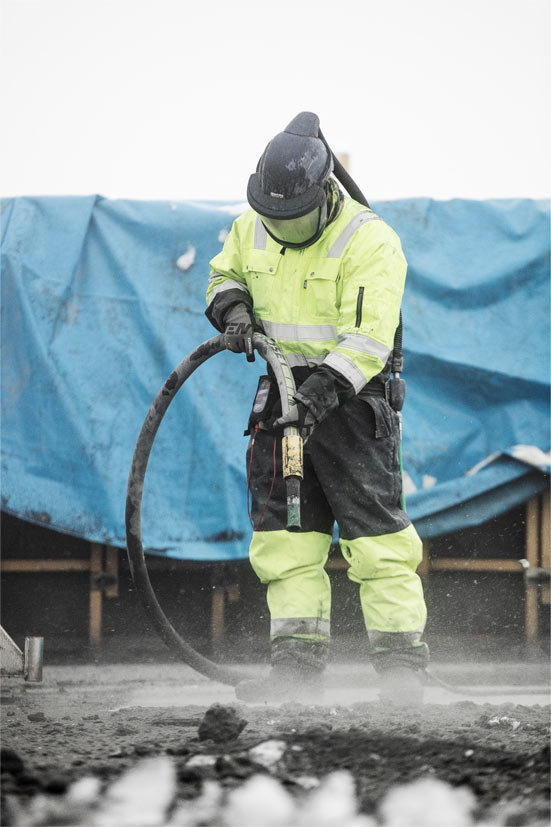
Electrical equipment, unless particularly built for use in hazardous locations, shall not be operated within 50 feet of the blasting site. Abrasive-blasted areas must be ground by qualified employees in accordance with OSHA or other applicable safety standards. Although most abrasive-blasting activities take place outside, they can also take place within buildings or other enclosed locations. In these cases, all electrical panels, switches, and outlets should be taped to prevent electricity from being accidentally turned on in the blasting area. All sand blaster equipment used in enclosed areas must be designed for usage in hazardous environments.
Before starting sandblasting, check the work area for any potential sources of flammable or toxic gases and vapors. Take measures to eliminate or control these hazards before proceeding.
Familiarize yourself with the sandblasting equipment and make sure it is in good working condition. Follow the manufacturer's instructions for safe operation. Avoid pointing the nozzle towards yourself or others, and never direct it at pressurized surfaces or body parts.
Only trained personnel should carry out sandblasting operations. Proper training will ensure that the equipment is used correctly, and safety procedures are followed.
Sandblasting generates a significant amount of noise. Wear earplugs or earmuffs to protect your hearing.
Have a first aid kit readily available and know how to respond to injuries or accidents. Ensure that there is a clear emergency evacuation plan and the necessary safety equipment like fire extinguishers in case of an emergency.
Sandblast finish is one of the best finishing choices for your applications. This process needs both experience and expertise. Therefore, you should choose the best service provider for sandblasting. That must be Richconn!
As a professional surface finishing supplier, Richconn has several years of experience in offering cost-effective surface finish solutions for a wide variety of industries. With state-of-the-art machines and infrastructure, outstanding surface finishing services provided by Richonn can improve your part’s aesthetics and functions. Let Richconn help get your project to the next level!
As you can see, sandblasting is a versatile method that may be used to remove coatings from virtually any surface. It's a good option for anyone interested in working in surface preparation. emergency. Remember, sandblasting can be a complex process, and it is advisable to seek safety tips for sandblasting if you are unfamiliar with the process. If you’re looking for the best blast finish on your parts, don’t hesitate to contact the experts at Richconn or request a quote today.
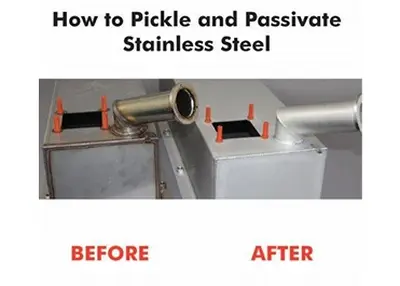 What Is Passivation and How to Passivate Stainless SteelSeptember 26, 2023Passivation is a technique used in cnc machining services for the surface treatment of metals to improve their corrosion resistance, extend their service life, and enhance their appearance.view
What Is Passivation and How to Passivate Stainless SteelSeptember 26, 2023Passivation is a technique used in cnc machining services for the surface treatment of metals to improve their corrosion resistance, extend their service life, and enhance their appearance.view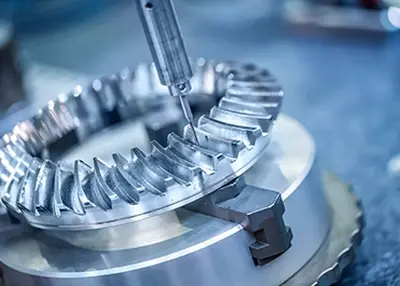 Three Things You Need to Know About CNC Machining in the Energy IndustryOctober 25, 2023Before the Industrial Revolution, human beings didn't have much need for energy. For example, we were happy to use the sun's energy to heat our homes, horses for transportation, wind power to sail around the world, and water to power simple machines that ground grain.17 In the 1980s, everything changed with the rapid growth of steam-powered electric power plants, most of whose components were manufactured using high-speed machine tools.view
Three Things You Need to Know About CNC Machining in the Energy IndustryOctober 25, 2023Before the Industrial Revolution, human beings didn't have much need for energy. For example, we were happy to use the sun's energy to heat our homes, horses for transportation, wind power to sail around the world, and water to power simple machines that ground grain.17 In the 1980s, everything changed with the rapid growth of steam-powered electric power plants, most of whose components were manufactured using high-speed machine tools.view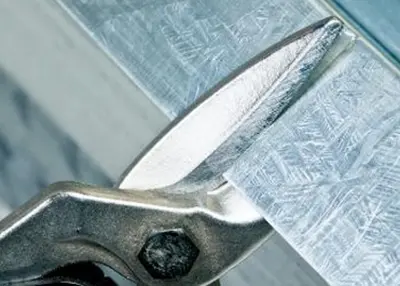 What Tool is Best for Cutting Metal?October 8, 2023Cutting metal is a very common task in metalworking projects and different types of tools may be required for different metals and cutting requirements.view
What Tool is Best for Cutting Metal?October 8, 2023Cutting metal is a very common task in metalworking projects and different types of tools may be required for different metals and cutting requirements.view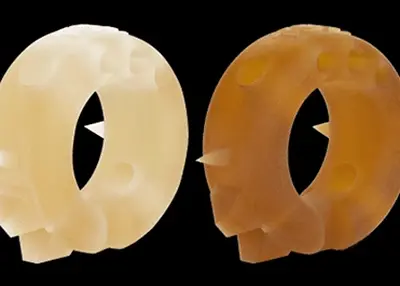 Choosing a Heat Resistant PlasticOctober 17, 2023If you've ever left a food container in the microwave for too long, you know that some plastics don't tolerate high temperatures very well. Depending on the type of container, you might be storing the food from the night before in polypropylene (PP), polycarbonate (PC) or polyethylene (PE), none of which excel at heat resistance.view
Choosing a Heat Resistant PlasticOctober 17, 2023If you've ever left a food container in the microwave for too long, you know that some plastics don't tolerate high temperatures very well. Depending on the type of container, you might be storing the food from the night before in polypropylene (PP), polycarbonate (PC) or polyethylene (PE), none of which excel at heat resistance.view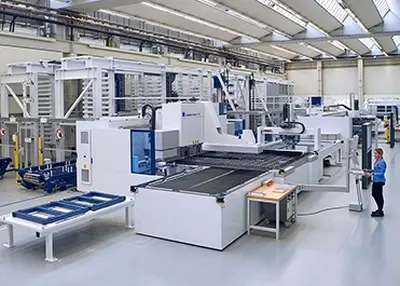 How to Find the Right Manufacturing PartnerOctober 13, 2023It’s worth taking the time to find a supplier that’s a perfect fit for the buyer’s company. Think of it as a partnership in which both parties are committed and invested. In the digital age, it is increasingly advisable to also consider additional total cost of ownership (TCO) savings.view
How to Find the Right Manufacturing PartnerOctober 13, 2023It’s worth taking the time to find a supplier that’s a perfect fit for the buyer’s company. Think of it as a partnership in which both parties are committed and invested. In the digital age, it is increasingly advisable to also consider additional total cost of ownership (TCO) savings.view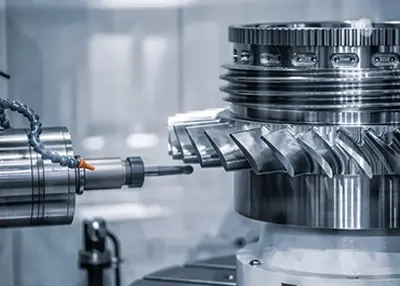 What Is a Shaft?October 30, 2023A shaft is basically a rotating part of any machine, having a circular cross-section, which is used to transmit power from one part to another or from a power generating machine to a power absorbing machine. To transmit power, one end of the shaft is connected to the power source and the other end is connected to the machine. Shafts can be solid or hollow as per requirement, hollow shafts help in reducing weight and provide advantages.view
What Is a Shaft?October 30, 2023A shaft is basically a rotating part of any machine, having a circular cross-section, which is used to transmit power from one part to another or from a power generating machine to a power absorbing machine. To transmit power, one end of the shaft is connected to the power source and the other end is connected to the machine. Shafts can be solid or hollow as per requirement, hollow shafts help in reducing weight and provide advantages.view
 EN
EN
 ru
ru 
